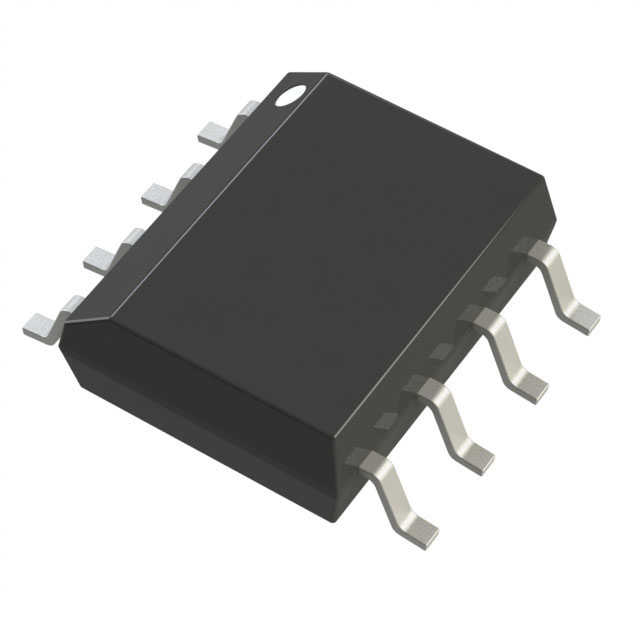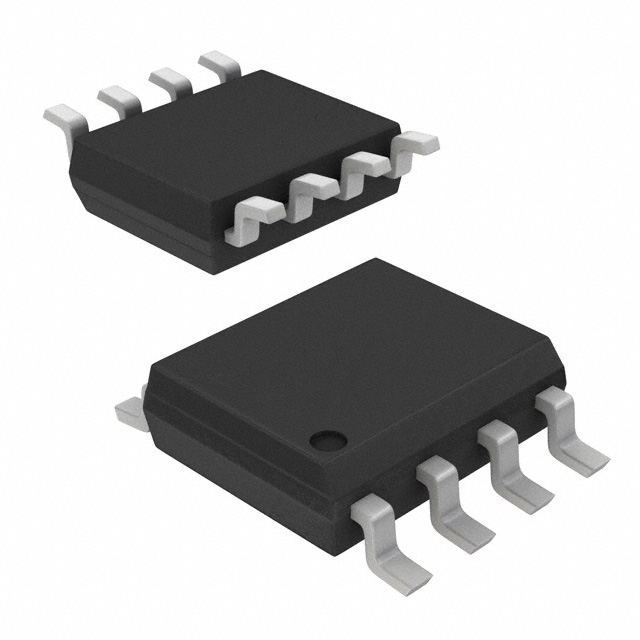MAX4451ESA+TG05
Manufacturer No:
MAX4451ESA+TG05
Manufacturer:
Description:
IC VOLTAGE FEEDBACK 2 CIRC 8SOIC
Datasheet:
Delivery:





Payment:




In Stock : 0
Please send RFQ , we will respond immediately.









MAX4451ESA+TG05 Specifications
-
TypeParameter
-
-3db Bandwidth210 MHz
-
Supplier Device Package8-SOIC
-
Package / Case8-SOIC (0.154", 3.90mm Width)
-
Mounting TypeSurface Mount
-
Operating Temperature-40°C ~ 85°C
-
Voltage - Supply Span (Max)11 V
-
Voltage - Supply Span (Min)4.5 V
-
Current - Output / Channel70 mA
-
Current - Supply6.5mA (x2 Channels)
-
Voltage - Input Offset4 mV
-
Current - Input Bias6.5 µA
-
Gain Bandwidth Product175 MHz
-
Slew Rate485V/µs
-
Output TypeRail-to-Rail
-
Number of Circuits2
-
Amplifier TypeVoltage Feedback
-
PackagingTape & Reel (TR)
-
Product StatusObsolete
-
Series-
The MAX4451ESA+TG05 is a high-speed, low-power operational amplifier (op-amp) integrated circuit chip. Some of its advantages and application scenarios include:Advantages: 1. High Speed: The MAX4451ESA+TG05 is capable of operating at high speeds, making it suitable for applications that require fast signal processing. 2. Low Power Consumption: It is designed to consume low power, making it ideal for battery-powered devices or applications where power efficiency is crucial. 3. Rail-to-Rail Inputs and Outputs: The op-amp supports rail-to-rail input and output voltage ranges, allowing it to handle signals that span the entire supply voltage range. 4. Wide Supply Voltage Range: It can operate from a wide range of supply voltages, typically from 2.7V to 11V, providing flexibility in various applications. 5. Small Package: The MAX4451ESA+TG05 is available in a small surface-mount package, making it suitable for space-constrained designs.Application Scenarios: 1. Signal Conditioning: The high-speed and low-power characteristics of the MAX4451ESA+TG05 make it suitable for signal conditioning applications, such as amplifying, filtering, or buffering signals from sensors or transducers. 2. Data Acquisition Systems: It can be used in data acquisition systems to amplify and process analog signals before digitization. 3. Communications: The high-speed capabilities of the op-amp make it suitable for applications in communication systems, such as line drivers, filters, or amplifiers. 4. Portable Devices: Due to its low power consumption and small package, it can be used in portable devices like smartphones, tablets, or portable medical devices. 5. Audio Applications: The rail-to-rail inputs and outputs, along with its high-speed performance, make it suitable for audio applications like headphone amplifiers or audio signal processing.It is important to note that the specific advantages and application scenarios may vary depending on the requirements and design considerations of a particular project.
MAX4451ESA+TG05 Relevant information
-

AD8034ARZ-REEL7
Analog Devices Inc. -

CA3140AMZ
Renesas Electronics America Inc -

OP07CPZ
Analog Devices Inc. -
LT1636CMS8#TRPBF
Analog Devices Inc. -
LT1490ACS8#TRPBF
Analog Devices Inc. -
LTC2055HMS8#TRPBF
Analog Devices Inc. -
AD8227BRMZ-R7
Analog Devices Inc. -

AD8227BRZ-R7
Analog Devices Inc. -

AD623ARZ-R7
Analog Devices Inc. -
AD623ARMZ-REEL7
Analog Devices Inc.






